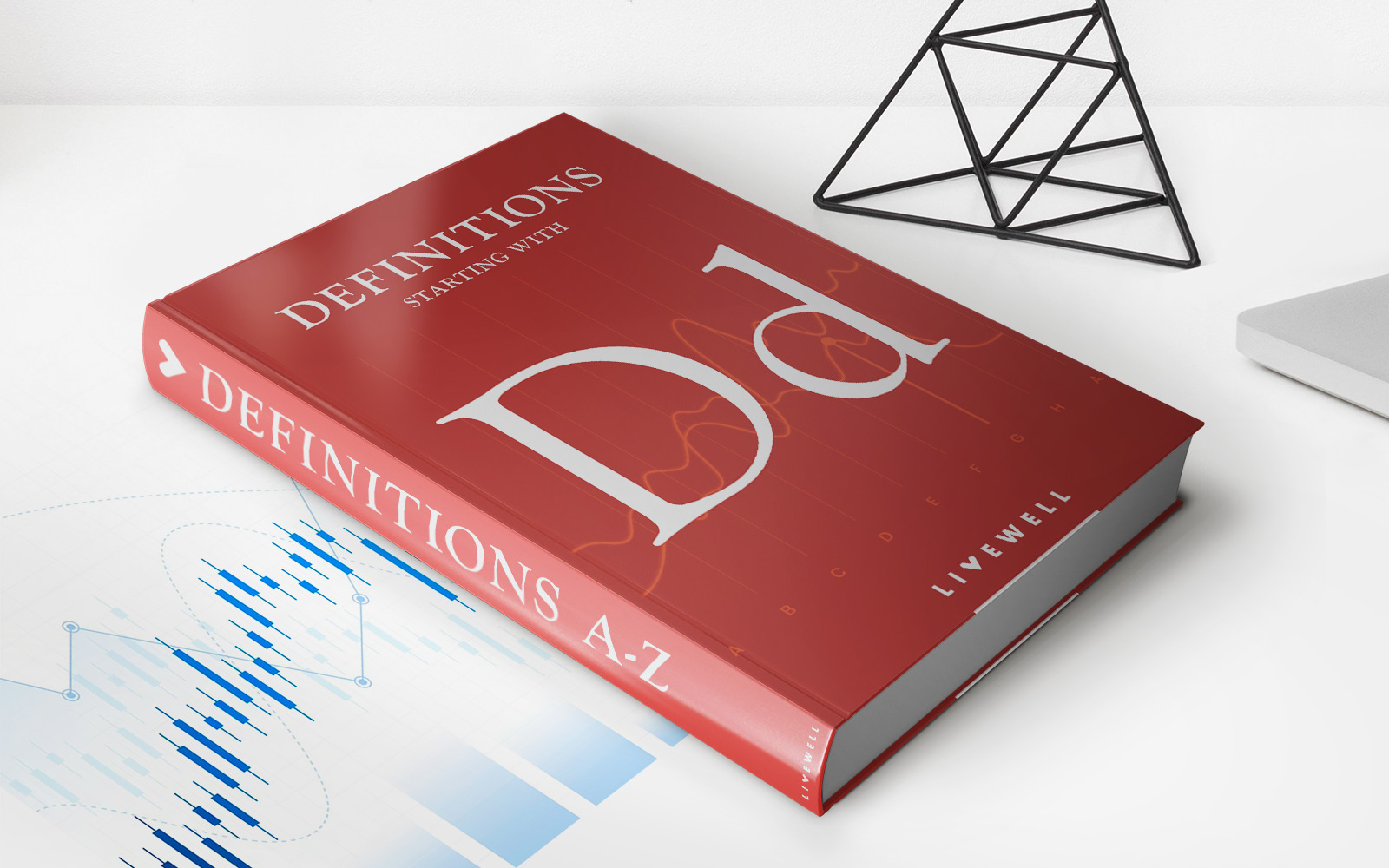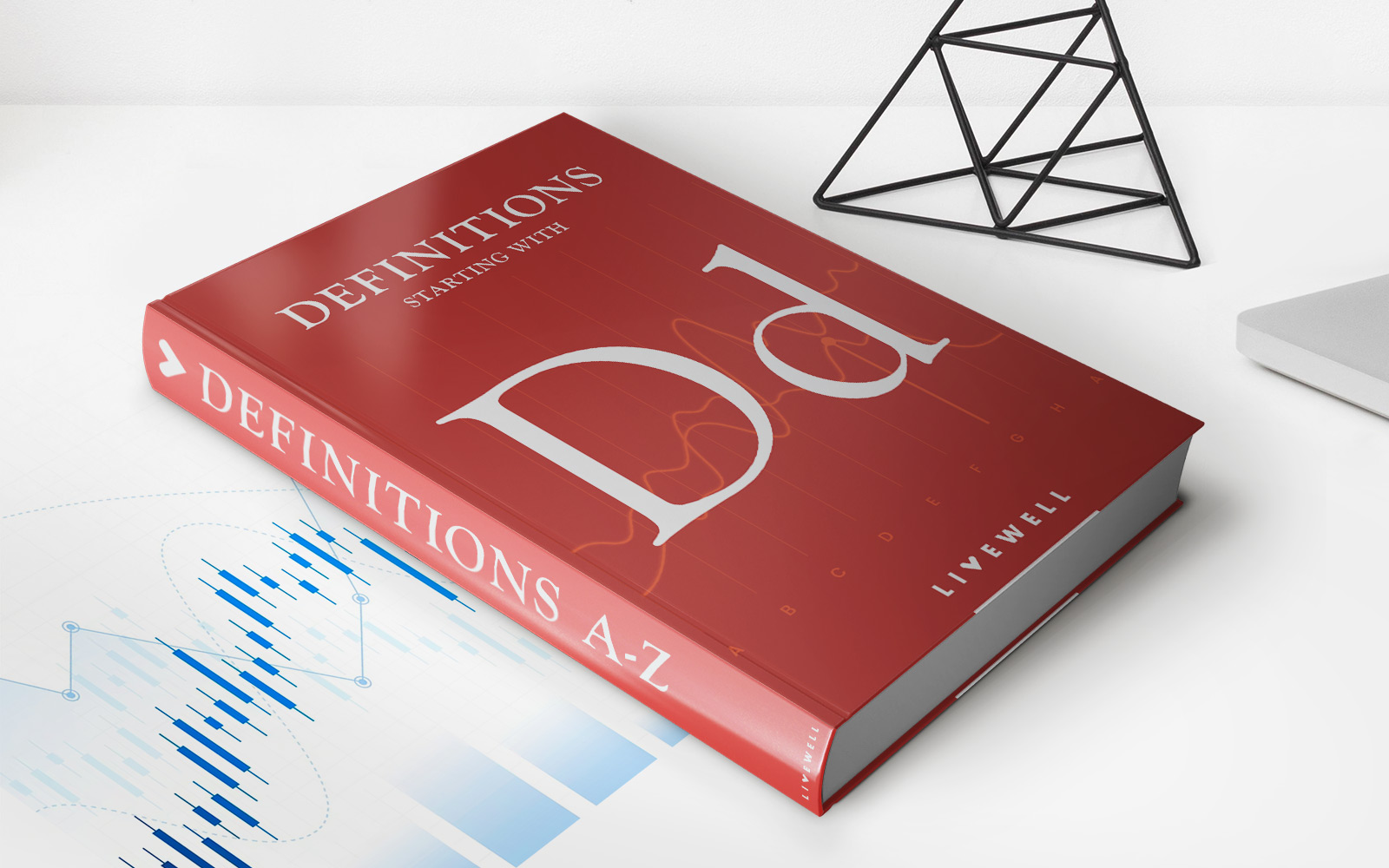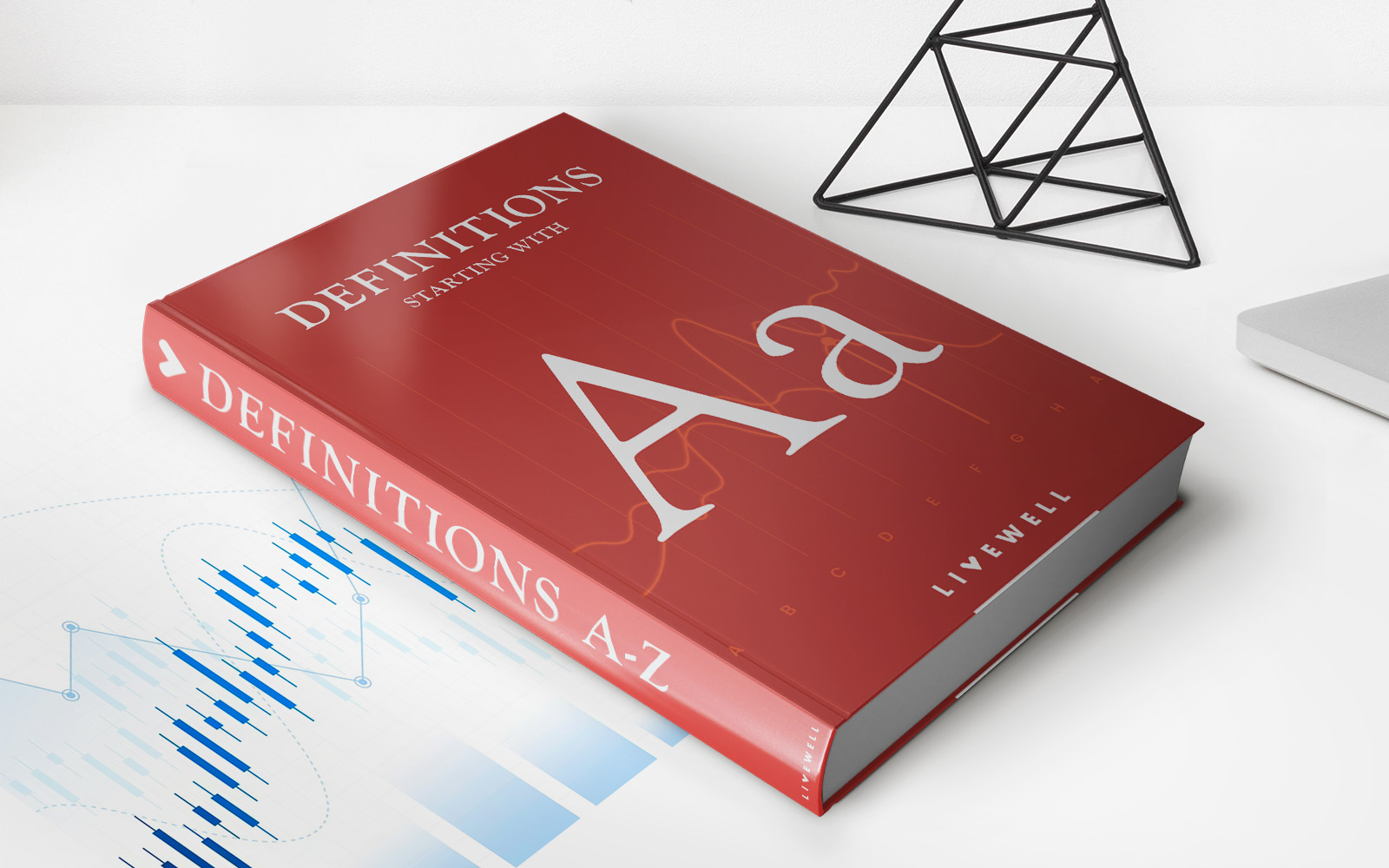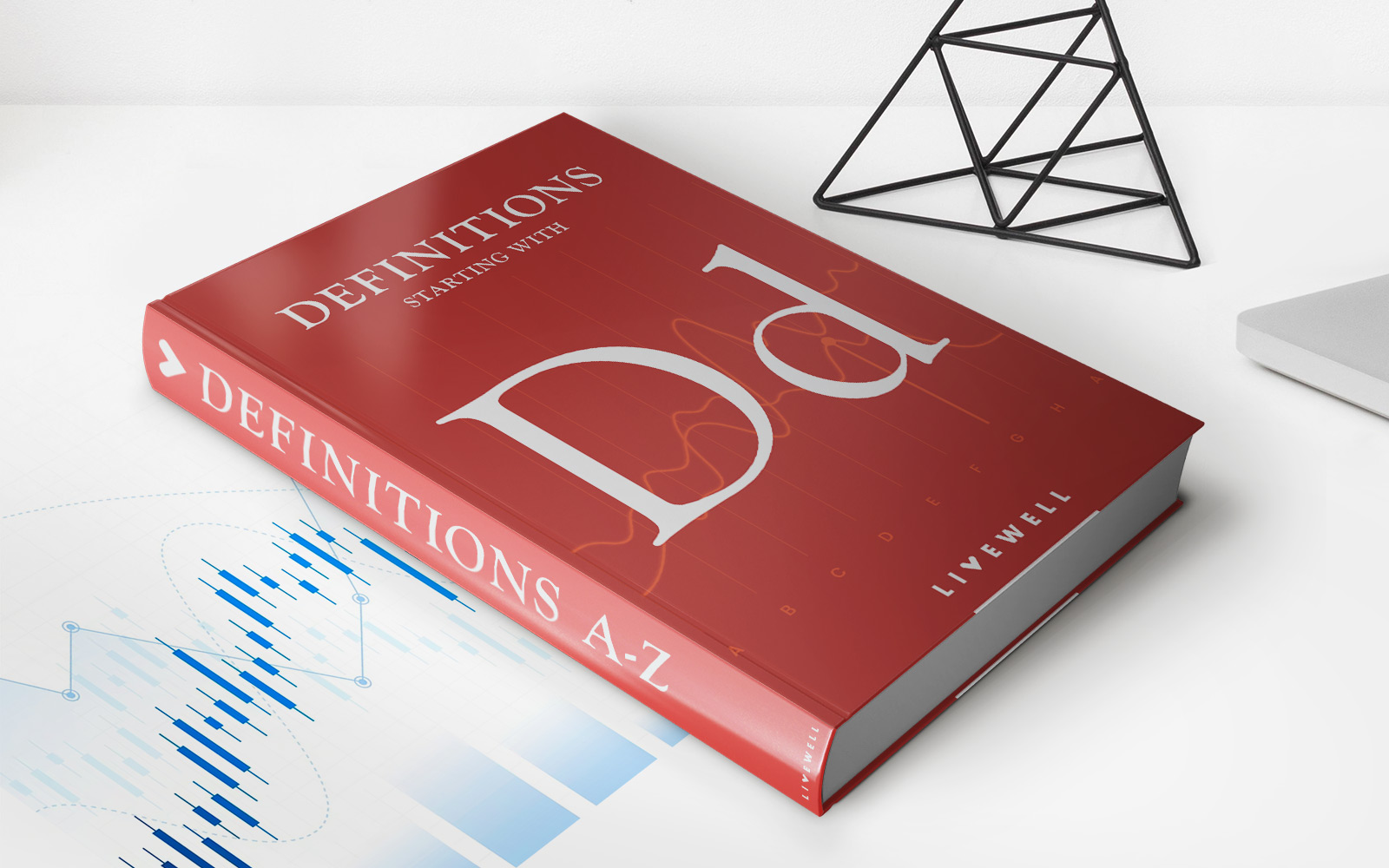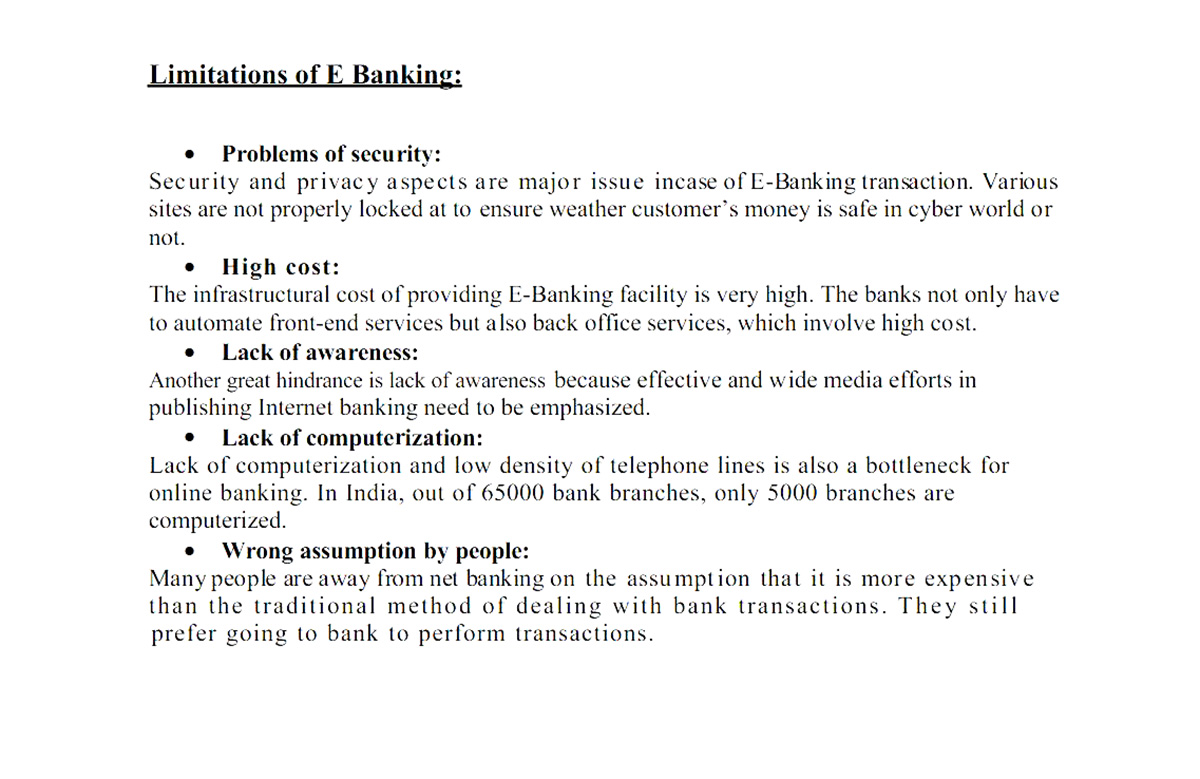Home>Finance>Deferred Annuity Definition, Types, How They Work
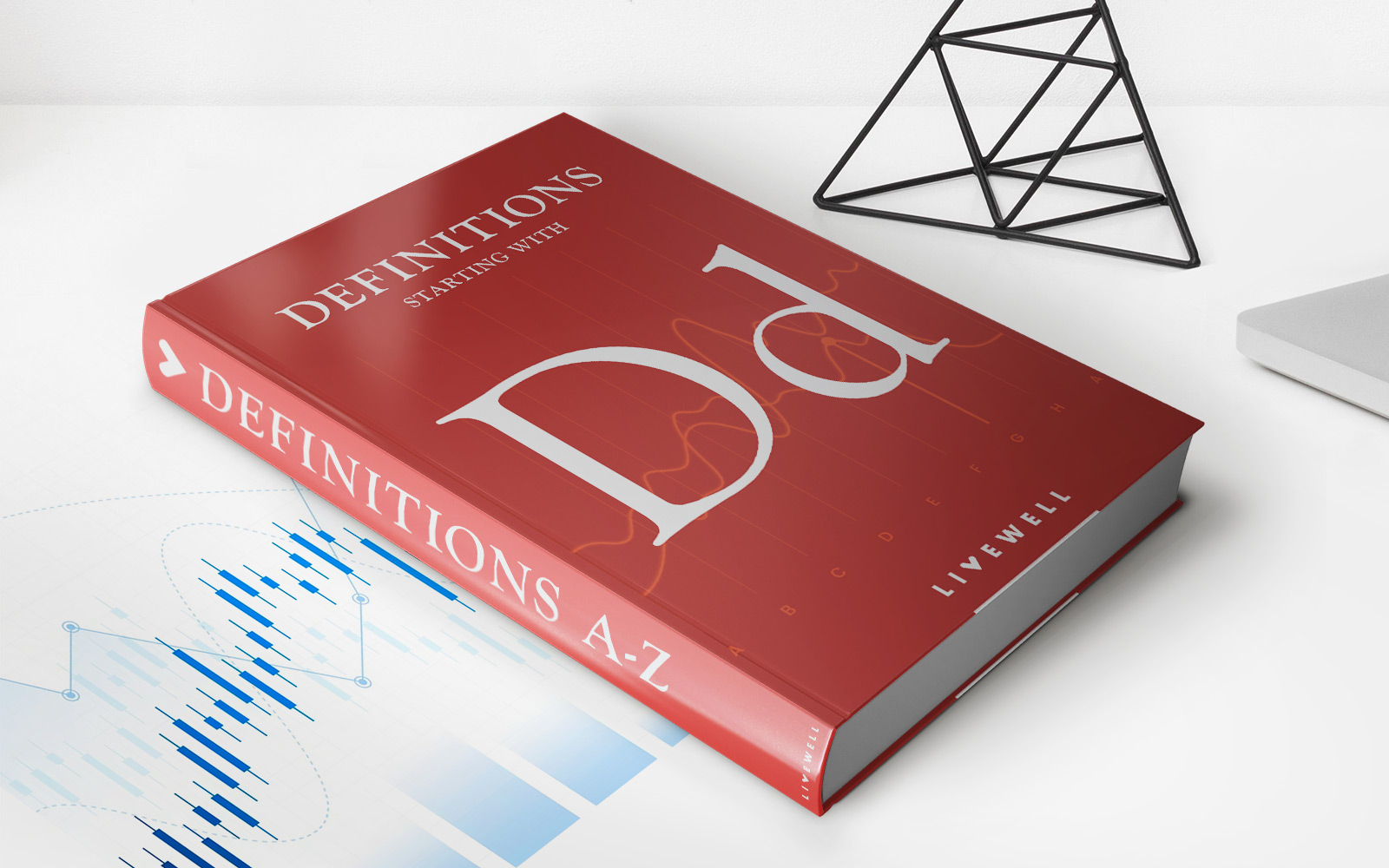

Finance
Deferred Annuity Definition, Types, How They Work
Published: November 9, 2023
Learn the definition and types of deferred annuities in finance and understand how they work to help grow your savings for the future.
(Many of the links in this article redirect to a specific reviewed product. Your purchase of these products through affiliate links helps to generate commission for LiveWell, at no extra cost. Learn more)
Understanding Deferred Annuities: A Comprehensive Guide
Welcome to our Finance category, where we provide in-depth insights into different financial tools and strategies. In this blog post, we’ll be exploring the world of deferred annuities. If you’ve ever wondered what a deferred annuity is, the different types available, and how they work, you’ve come to the right place. By the time you finish reading, you’ll have a solid understanding of these financial instruments and their potential benefits.
Key Takeaways:
- Deferred annuities are financial products that offer a way to save for retirement and receive a steady income stream later in life.
- There are two primary types of deferred annuities: fixed and variable. Fixed annuities provide a guaranteed return, while variable annuities offer the potential for higher returns with greater risk.
What is a Deferred Annuity?
A deferred annuity is a financial product that provides individuals with the opportunity to save and grow their money for retirement. Unlike immediate annuities, which start paying out right away, deferred annuities have a “deferred” payout period. This means that the annuity owner makes contributions or purchases the annuity during their working years, and the accumulated funds are then disbursed at a future date, typically during retirement.
Deferred annuities can be an attractive option for individuals looking for a long-term investment vehicle that offers tax advantages and a guaranteed income stream during retirement. Now, let’s dive deeper into how these annuities work and the different types available.
How Do Deferred Annuities Work?
Deferred annuities work by allowing individuals to invest money into the annuity, either as a lump sum or through regular contributions. The funds are then invested by the insurance company offering the annuity. Depending on the type of deferred annuity, the funds may be invested in fixed-income investments, such as bonds and Treasury securities, or in more volatile assets like stocks and mutual funds.
During the accumulation phase, which is the period before the annuity starts paying out, the funds grow on a tax-deferred basis. This means that individuals do not pay taxes on the earnings until they withdraw the money. This tax advantage can be particularly beneficial for those in higher tax brackets.
Once the annuity reaches its payout phase, the annuity owner can choose to receive a guaranteed income stream for a specific period or their lifetime. Alternatively, they may opt for a lump sum withdrawal. The specific terms of the payout, including the duration and amount, are determined by the annuity contract and the individual’s preferences.
Types of Deferred Annuities
Deferred annuities can be broadly categorized into two types: fixed annuities and variable annuities. Let’s take a closer look at each:
1. Fixed Annuities:
Fixed annuities provide annuity owners with a guaranteed rate of return over a specific period. The rate of return is determined by the insurance company and is usually set at the time of purchase. The advantage of fixed annuities is that they offer stability and protection against market volatility, making them an attractive choice for risk-averse individuals.
2. Variable Annuities:
Variable annuities, on the other hand, offer the potential for higher returns but come with increased risk. With variable annuities, the funds are invested in a selection of underlying investment options, such as mutual funds. The performance of these investments directly affects the value of the annuity and the eventual payout amount. Variable annuities allow individuals to participate in the stock market’s growth potential, but it’s important to note that they also expose individuals to market volatility.
In Conclusion
Deferred annuities are a popular financial product for those planning for retirement. They offer the opportunity to save and grow funds on a tax-deferred basis, providing a reliable income stream during retirement. By understanding the basics of deferred annuities, including the different types available and how they work, you can make informed decisions about your financial future.
Remember, before making any financial decisions, it’s always best to consult with a qualified financial advisor who can assess your individual goals and provide tailored advice.


